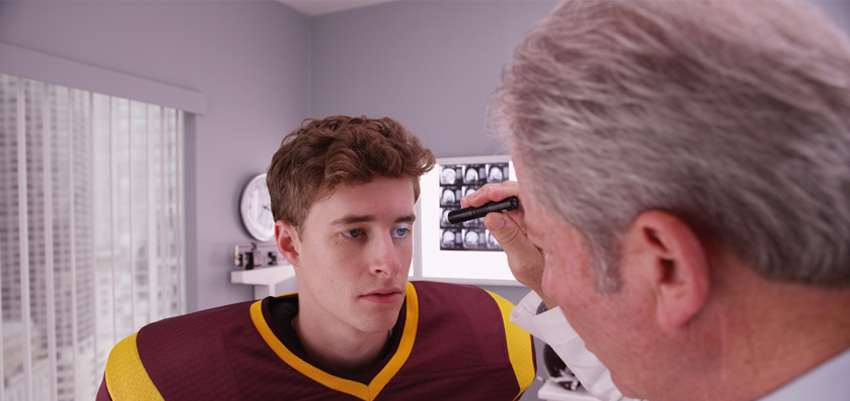Whether your goal is to relieve neck or back pain, prevent migraines, correct posture, rehabilitate post-surgery, or improve aerobic mobility, physical therapy offers a tailored approach to targeting your individual strength and physical needs.
Patients are able to experience changes in their condition by engaging in a minimally invasive personalized program.
In this article, we will review 5 of the most common conditions that physical therapy can improve.
Neck & Back Pain
When it comes to treating neck and back pain, one of the primary goals of physical therapy is to improve flexibility and overall strength. Stretches and active exercises under the guidance of a certified health professional, can help support and gradually improve the mobility of the spine. Over time, this along with other lifestyle changes can help relieve pain for the long-run.
Headaches & Migraines
When working in day-to-day life, headaches and migraines can often become debilitating. Some are even linked to neck and or jaw dysfunction. Working on increasing the mobility of soft tissue and correcting underlining neck problems can help eliminate headaches long-term.
Poor Posture
Hundreds of thousands of healthy Americans suffer from poor posture. Conditions such as lumbar lordosis and kyphosis are some of the most common postural problems. Engaging in a long-term physical therapy plan can help correct these issues, preventing discomfort and residual symptoms down the line.
Post-Surgery Rehabilitation
If you have suffered a traumatic injury that resulted in surgery, a strategic rehabilitation program can help prevent pain and mobility challenges over time. Careful movements under the guidance of a certified health professional can greatly improve motion, allowing for supporting muscles to be activated (further stabilizing the area). Furthermore, an increase in careful motion allows for healthy blood flow to promote healing at the site.
How long does Botox Treatment last?
Depending on the treatment administered, Botox injections routinely last approximately three months, but the longer it is used, it is not uncommon for the Botox to last even longer.
If you have any questions related to this Botox treatment or would like to schedule an appointment, please contact Neurology Office for more help.
Aerobic Mobility
Fact: You do not need to be injured to experience the benefits of physical therapy.
Whether your goals are to improve overall mobility, spine health, core body strength or to relieve muscle pain as an athlete, physical therapy can help you reach your wellness goals.
Working with a licensed health professional can help you develop a tailored program to meet your individual needs based on medical history, strength level, lifestyle, and goals. It is never too early or too late to help prevent discomfort and lack of mobility down the line.
We are here to answer any questions you have and to help create a customized personal care plan to help you start feeling better today!
If you have any questions related to this article or would like to schedule an appointment, please contact Neurology Office for more help.
Feel free to share this with the people in your life who may benefit from this information! For more insights on neurology, check out our weekly tips on our Neurology Office Facebook page.
“To Cure Sometimes, To Heal Often, To Comfort Always”
Neurology Office, Joseph Kandel M.D. and Associates
“Concierge medicine without the concierge price”












